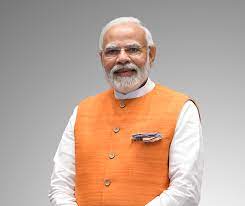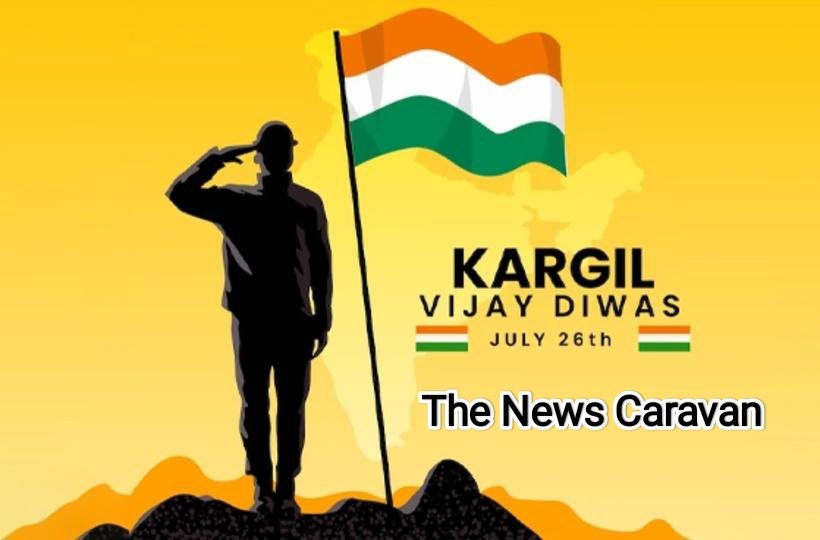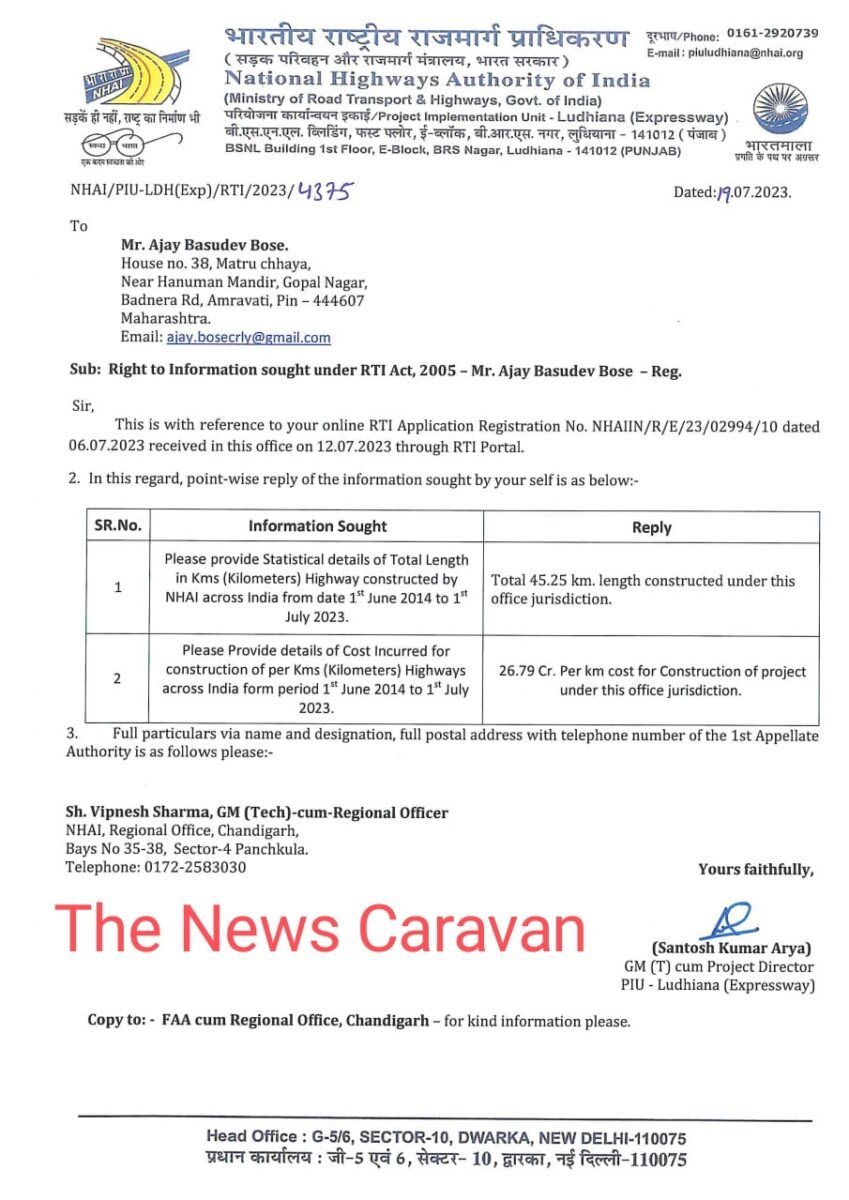The Lunar Dream Rekindled: A Resilient Vision
With Chandrayaan-3, a potent testament to the nation’s continuous commitment to space science, India is ready to revive its lunar dreams. This ambitious project is an inspiring endeavour to explore new space scientific and technical boundaries by building on the successes and lessons from prior Chandrayaan missions.
Recap of the Chandrayaan Missions: Learning from the Past
The Chandrayaan project was launched by the Indian Space Research Organization (ISRO), which has had both triumphs and failures. The Chandrayaan-1 probe, which was launched in 2008, altered the way we view the Moon by discovering evidence of water molecules on its surface. Chandrayaan-2 had issues during the landing phase despite being launched in 2019 with the goal of investigating the south polar area of the Moon. These contacts paved Chandrayaan-3’s way and provided crucial information for its preparation.
Unveiling Chandrayaan-3: Upgrades and Mission Goals
In order to make a successful soft landing on the Moon, Chandrayaan-3 is preparing to focus on the lunar south pole, an area rich in prospects for scientific investigation. By advancing the lander and rover technology, ISRO hopes to ensure an error-free descent and exploration process. The mission’s primary objectives are to provide more detailed
Innovative Technology: The Mission’s Powerhouse
Modern technology must be successfully included into Chandrayaan-3. The mission will be able to overcome challenges experienced in prior endeavors because to several substantial technical breakthroughs, including sophisticated propulsion systems, accurate landing mechanisms, and robust communication systems. These innovations are a testament to India’s engineering prowess and commitment to advancing the limits of space exploration.
International Partnerships and Contributions as Collaborative Efforts
India’s collaborative spirit and the reality that space exploration is an international effort are both highlighted by Chandrayaan-3. The mission is ready to benefit from international partnerships and share expertise and resources. Through collaboration with other spacefaring nations, ISRO hopes to foster a sense of unity in the endeavour to unravel the secrets of the Moon.











![RTI Exposes Alarming Discrepancy: Rs. 17.33 Crores vs. Rs. 26.79 Crores – Shocking Contrast in Highway Construction Costs Across India [Exclusive Report]](https://thenewscaravan.com/wp-content/uploads/2023/07/RTI-Exposes.webp)


